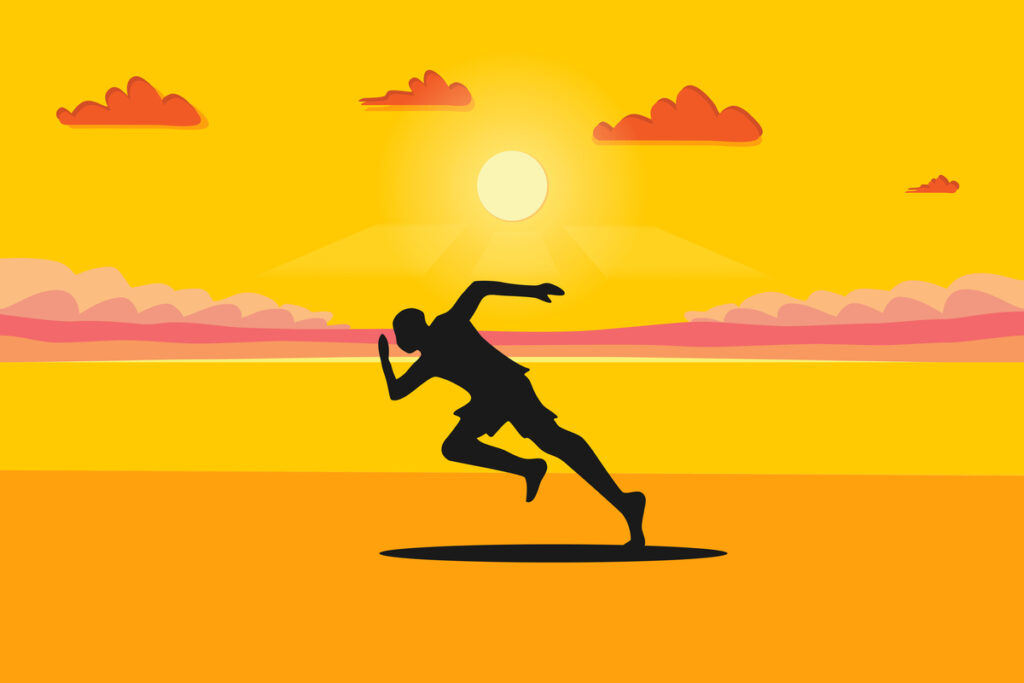April 30, 2022
Good morning. Every Saturday, we write about one specific right that you possess as a citizen in our country. In today’s edition of “Know Your Rights”, we look at the rights of athletes and sportspersons in India.
KNOW YOUR RIGHTS – EDITION 37
Rights of Athletes and Sportspersons

Most people have partaken in some form of sporting activity, whether it’s recreational or competitive. The reality is most aren’t going to become pro athletes. Sports in India are popular, with cricket arguably leading the way. Revenues generated by sports account for nearly 3% of global trade.
India has slowly worked towards stamping its authority and presence on the global sporting stage. That involves building infrastructure, getting sponsorships, hosting sporting events, etc. At the centre of it are the competitors, i.e., the athletes. With all of this comes the complexity of issues that could arise. Legal safeguards and legislation would help protect the interests of the sports sector.
National Sports Policy
In August 1984, both houses of Parliament passed a resolution on the National Sports Policy. While it had promising aspects to record and review progress every five years, it wasn’t implemented.
The National Sports Policy, 2001 was drafted with three goals – define the areas of responsibility for all agencies responsible for sports promotion and development. Second, to identify which sports federations would qualify under the new rules. Third, outlining the government’s qualifying criteria to allocate funds to these federations.
Under the Sports Policy of 2001, the Centre decided to come up with its own objectives like helping promote sports at the national and international levels with the help of state governments. To achieve this, sports were included in the Seventh Schedule of the Constitution of India. Concerning sports law, some organisations have borne the responsibility of governing sports in India.
Sports Law and Welfare Association of India
It’s a non-profit that works at the national level to promote ethical practices of sports law in India. It studies and analyses existing sporting laws. It’s also a consultant on sporting regulations, general disputes, sporting governing bodies, intellectual property issues, etc. This is the primary space for athletes, teams, institutes, and leagues to discuss any legal or ethical issues.
Sports Authority of India (SAI)
The SAI is the apex government body set up by the Ministry of Youth Affairs and Sports in 1984. Its basic function is to conduct and coordinate various sporting activities in the country. Additionally, it also introduces scholarships, schemes, and programmes in schools and academic institutions for physical education.
Personality Rights
Sportspersons and athletes do become famous, some overnight, some over a period of time. Part of the journey usually involves high-profile sponsorship and branding deals. Their faces are plastered across billboards and ads on TV and print media. Into the picture comes image rights. It’s linked with the right to publicity and the right to privacy. These bundled together are personality rights.
Any person has the right to exploit their attributes for commercial purposes. As athletes and sportspersons become more recognisable and active on and off the field, the enforcement of personality rights becomes all the more important. Personality rights aren’t codified under a separate law or defined under special legislation in India. Any sort of recognition and enforcement is by interpreting a bundle of rights under existing legislation.
There could also be a case where a company or entity can use a player’s name and image. One example is the Spanish football club Real Madrid’s deal to buy Gareth Bale in 2013. Part of the deal involved Bale assigning 50% of his image or personality rights to the club. It meant Real Madrid could recover some of the 85.3 million pounds they spent on buying him through merchandise sales.
Publicity rights
The Right to Publicity has a few statutes. The first is the Trade Marks Act, 1999. It includes names, initials, signatures, etc, that belong to an individual and are used commercially. When an athlete enters into a sponsorship or branding deal, they create their own brands, like clothing and footwear. With this comes ads with logos, tag lines, etc.
For example, Usain Bolt has his signature pose trademarked. If he enters into a contract with a company or brand, he has the authority to decide if they can use that logo. That means no other person, company, or entity can use the logo without his permission. Doing so would be breaking the law. Another type of example is Sachin Tendulkar and Reynolds. The pen manufacturer had an ad campaign for pens with his signature.
The second is the Copyright Act of 1957. Under this, sportspersons are given their publicity and personality rights. The third is the Right to Privacy derived from Articles 19 and 21 of the Indian Constitution. Are non-living objects and companies entitled to personality rights? The Delhi high court stated that the right of publicity vests in an individual alone and not to any non-living thing. However, a sportsperson can deputise this to a company that’s specifically created to manage and monetise their image.
One peculiar case involved former Indian cricketer Gautam Gambhir. In 2018, the Delhi high court issued a notice to a Delhi-based company called DAP & Co for allegedly using his name as a tagline for its restaurants (apparently, the company owner’s name was also Gautam Gambhir). In an earlier hearing based on a plea by Gambhir, the bench stated that at no time did the company say the restaurants were owned by the cricketer Gambhir. Hence, they could carry on with their business.
In India, sports have been a big business for a while. There’s increasing market maturity and commercial interests. With this comes a focus on contracts, brands’ interests, and athlete trademarks. India needs comprehensive legislation for sports law. The law needs to be enacted for the promotion, development, and uniform regulation of sports in India.

